Blogs & News
We are focus on automotive wiring harness & connectors technology.
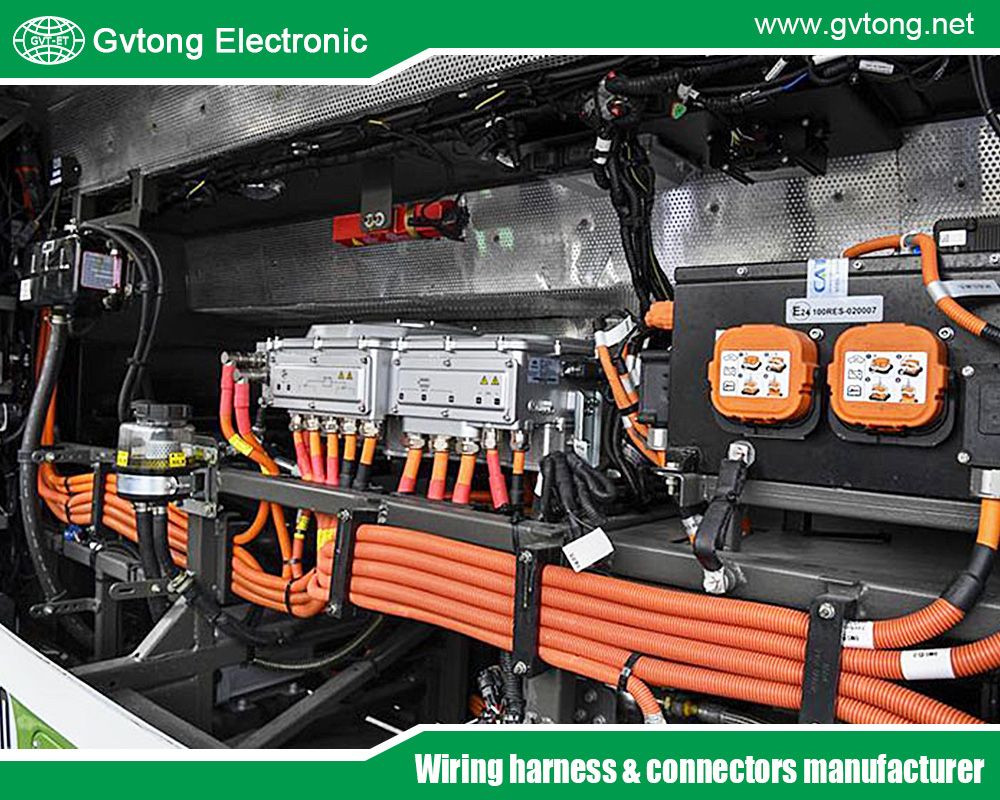
Why Protecting Electrical Systems from Moisture Is Critical
- Gvtong Electronic
- Anti-vibration automotive connectors, automotive antenna connector, automotive coaxial connector, automotive data connector, automotive diagnostic connector, automotive electrical connector, automotive high - frequency, Automotive high - frequency connector, automotive High voltage connectorautomotive Low voltage connector, automotive hybrid connector, automotive Low voltage connector, automotive Oil-resistant Connectors, automotive optical fiber connector, automotive power distribution, Automotive power distribution connector, Automotive shielded connectors, automotive Signal Connector, Automotive temperature - resistant connector, automotive vibration - resistant, Automotive vibration - resistant connector, automotive waterproof connectors, Battery management system (BMS) connectors, Blind-mate automotive connectors, Electrical Systems, Electrical Systems from Moisture, EV charging connectors, High Pressure Connectors, High-speed data connectors, High-temperature resistant connectors, Industrial Control Connectors, Lightweight automotive connectors, Low Pressure Connectors, Low-contact resistance connectors, Modular automotive connectors, Oil-resistant automotive connectors, Pre-charge/discharge connectors, protecting electrical systems, Wind And Solar Storage
- No Comments
Why Protecting Electrical Systems from Moisture Is Critical
The automotive industry is undergoing a transformative shift toward electrification, with electric vehicles (EVs) and hybrids relying heavily on sophisticated electrical systems to power everything from battery packs to advanced driver-assistance systems (ADAS). These systems are the backbone of modern vehicles, but they face a persistent threat: moisture. Whether from rain, humidity, or road splash, moisture can infiltrate electrical components, leading to corrosion, short circuits, and catastrophic failures. In high-stakes automotive environments, where reliability and safety are paramount, protecting electrical systems from moisture is not just important—it’s critical.
Moisture-related damage can compromise vehicle performance, increase maintenance costs, and pose safety risks to drivers and passengers. As vehicles become more electrified and complex, the need for robust moisture protection grows. This article explores why safeguarding electrical systems from moisture is essential, detailing its impact, practical protection strategies, real-world examples, and future innovations. By understanding and addressing this challenge, automakers, engineers, and technicians can ensure the longevity and reliability of next-generation vehicles.

Understanding Moisture’s Impact on Electrical Systems
Moisture is a formidable adversary for automotive electrical systems, as it interacts destructively with conductors, connectors, and electronic components. When water or humidity infiltrates these systems, several damaging effects can occur:
- Corrosion: Moisture accelerates the oxidation of metal conductors like copper or aluminum, forming non-conductive oxides that increase resistance and reduce efficiency. In connectors, corrosion can weaken electrical contacts, leading to intermittent failures.
- Short Circuits: Water is a conductor, and its presence in electrical systems can create unintended pathways between circuits, causing short circuits. This can damage components, trigger malfunctions, or even start fires in extreme cases.
- Insulation Degradation: Moisture can degrade insulating materials like rubber or plastic, reducing their dielectric strength and increasing the risk of electrical leaks or arcing.
In automotive applications, these risks are amplified by the harsh operating environment. Vehicles are exposed to rain, snow, road salt, and humidity, all of which can penetrate electrical systems through poorly sealed connectors or enclosures. EVs and hybrids, with their high-voltage systems (e.g., battery packs operating at 400–800 volts), are particularly vulnerable, as moisture-induced failures can lead to costly repairs or safety hazards. Understanding these impacts underscores the need for proactive moisture protection strategies.
Why Moisture Protection Matters in Automotive Applications
Automotive electrical systems face unique challenges that make moisture protection critical. Unlike stationary electronics, vehicle components must withstand constant vibration, extreme temperatures, and exposure to environmental elements. These factors exacerbate moisture’s destructive potential, particularly for critical components like:
- Battery Packs: In EVs, battery packs are the heart of the vehicle, storing and delivering high-voltage power. Moisture infiltration can corrode cell connections, degrade battery management systems (BMS), or cause thermal runaway—a dangerous condition leading to fires or explosions.
- Inverters and Motors: Inverters convert DC to AC for electric motors, and both components rely on precise electrical connections. Moisture can disrupt these connections, reducing efficiency or causing system failures.
- Wiring Harnesses and Connectors: Wiring harnesses, including pigtail conductors, are the nervous system of a vehicle. Moisture ingress at connectors or exposed wires can lead to signal loss, affecting systems like ADAS or infotainment.
The consequences of moisture damage extend beyond performance. Safety risks, such as electrical fires or system malfunctions, can endanger drivers and passengers. Financially, repairs for moisture-damaged components can be costly—replacing an EV battery pack can cost thousands of dollars. Additionally, moisture-related failures can lead to warranty claims, recalls, or reputational damage for manufacturers. In the competitive EV market, where reliability is a key differentiator, robust moisture protection is essential to maintain customer trust and regulatory compliance.
Strategies for Effective Moisture Protection
Protecting automotive electrical systems from moisture requires a multi-faceted approach, combining material selection, design strategies, and maintenance practices. Below are key strategies to ensure robust protection:
- Select Corrosion-Resistant Materials:
- Use conductors like tinned copper or nickel-plated alloys, which resist oxidation better than bare copper or aluminum. For example, tinned copper pigtail conductors are ideal for high-humidity environments.
- Choose insulators with high water resistance, such as silicone, Teflon, or cross-linked polyethylene (XLPE). These materials maintain dielectric strength even in wet conditions.
- Consider hydrophobic coatings for connectors and circuit boards to repel water and reduce corrosion risk.
- Implement Sealing and Encapsulation Techniques:
- Use IP-rated enclosures (e.g., IP67 or IP68) for sensitive components like battery packs or ECUs. These ratings ensure protection against water ingress under specified conditions.
- Apply potting compounds or conformal coatings to circuit boards and connectors. These sealants create a moisture-proof barrier while maintaining flexibility for vibration resistance.
- Use gaskets, O-rings, or silicone seals at connector interfaces to prevent water intrusion, especially in exposed areas like underbody wiring.
- Design for Moisture-Prone Areas:
- Route wiring harnesses and pigtail conductors away from splash zones, such as wheel wells or undercarriage areas. Use 3D modeling to optimize routing and avoid low-lying areas where water collects.
- Incorporate drip loops in wiring designs to prevent water from traveling along cables into connectors or components.
- Design modular systems with sealed connectors to simplify repairs and reduce moisture exposure during maintenance.
- Prioritize Maintenance and Inspection:
- Conduct regular inspections of wiring harnesses, connectors, and enclosures for signs of water ingress, corrosion, or insulation wear. Use diagnostic tools like multimeters to detect resistance changes.
- Clean and dry components exposed to water, especially after driving in heavy rain or flooded areas.
- Implement predictive maintenance using sensors to monitor humidity or corrosion in real time, particularly in high-voltage systems.
By combining these strategies, automakers and technicians can mitigate moisture risks, ensuring reliable performance and extending the lifespan of electrical systems.
Case Studies and Real-World Examples
Moisture-related failures in automotive electrical systems have led to significant lessons for the industry. In 2019, a major EV manufacturer faced a recall due to water ingress in battery pack connectors, which caused corrosion and reduced range. The issue was traced to inadequate sealing in early production models, highlighting the need for robust IP-rated enclosures. After implementing improved seals and hydrophobic coatings, the manufacturer resolved the issue, demonstrating the value of proactive moisture protection.
Conversely, Tesla has set a benchmark for moisture protection in its battery packs, using sealed enclosures and advanced potting compounds to protect cell connections. This has contributed to the reliability of Tesla’s vehicles in diverse climates, from rainy coastal regions to humid tropics. Similarly, heavy-duty EV makers like Rivian use pigtail conductors with silicone insulation in their charging systems, ensuring durability against road splash and environmental exposure.
In the aftermarket, DIY enthusiasts upgrading hybrid vehicles have reported moisture-related failures when using non-sealed connectors for auxiliary systems. These cases underscore the importance of selecting automotive-grade materials and testing installations under real-world conditions. Industry leaders continue to refine moisture protection strategies, sharing best practices through standards like SAE J1939 and ISO 6722.
Future Trends in Moisture Protection
As the automotive industry evolves, innovations in moisture protection are poised to enhance the reliability of electrical systems. Emerging trends include:
- Advanced Materials: Hydrophobic nanomaterials and self-healing polymers are being developed to repel water and repair minor damage automatically. These could be applied to conductors, connectors, and enclosures, reducing maintenance needs.
- Smart Sensors: Integrating humidity and corrosion sensors into electrical systems allows real-time monitoring of moisture exposure. These sensors can alert drivers or manufacturers to potential issues before failures occur, particularly in autonomous vehicles where reliability is critical.
- Sustainable Solutions: Eco-friendly insulators and coatings, such as bio-based polymers, are gaining traction, aligning with the industry’s push for sustainability. These materials offer comparable moisture resistance while reducing environmental impact.
In next-generation EVs and autonomous vehicles, moisture protection will be even more critical as electrical systems become more complex and integrated. Wireless charging systems, for instance, will require robust sealing to prevent water ingress during outdoor charging. Continued investment in research and collaboration between automakers, material scientists, and suppliers will drive these innovations forward.
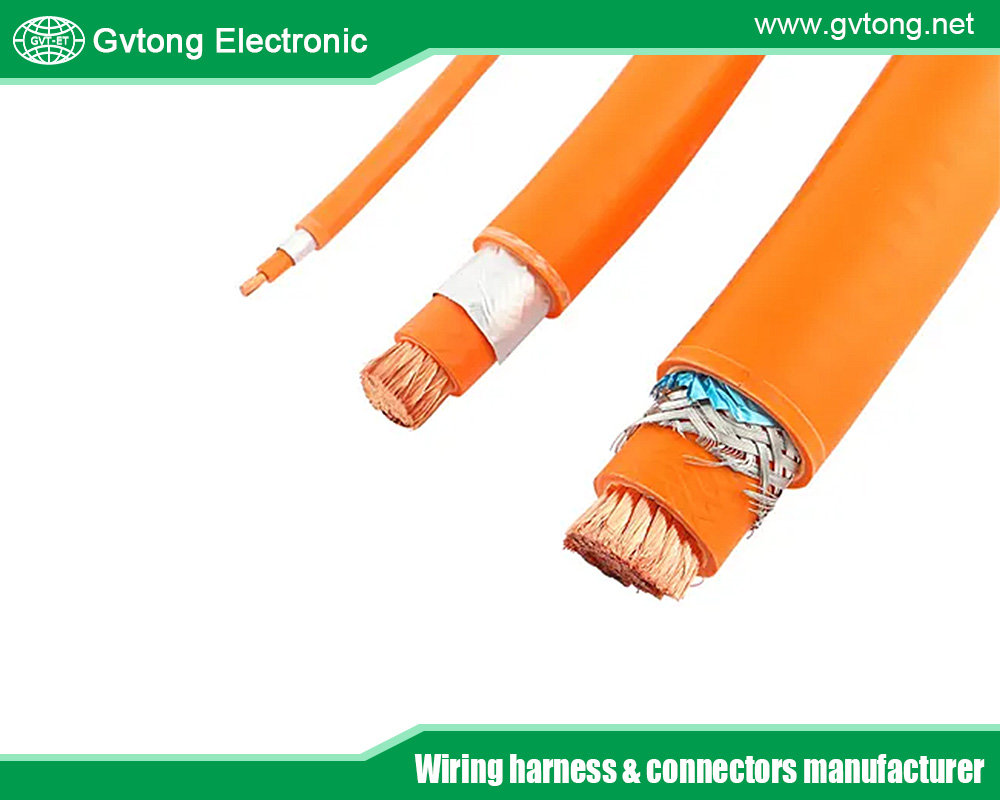
Conclusion
Protecting electrical systems from moisture is critical to ensuring the reliability, safety, and longevity of modern vehicles, especially EVs and hybrids. Moisture poses significant risks—corrosion, short circuits, and system failures—that can compromise performance and incur costly repairs. By selecting corrosion-resistant materials, implementing effective sealing techniques, designing for moisture-prone environments, and prioritizing maintenance, automakers and technicians can mitigate these risks. Real-world examples and emerging innovations highlight the importance of proactive measures in addressing this challenge. As the automotive industry continues to electrify, robust moisture protection will remain a cornerstone of safe, efficient, and sustainable mobility.
For more about why protecting electrical systems from moisture is critical, you can pay a visit to Gvtong at https://www.gvtong.net/ for more info.
Recent Posts
The Best GR Series-Circular Connectors Manufacturer
The Best GD Series Combined Power Connector Manufacturer
A Guide to Selecting the Best GH Series Plastic Connector Manufacturer
How High Pressure Connectors Work?
The Best Automotive Connector Companies
Tags
Recommended Products
-

Photovoltaic connector – Wire end socket
-
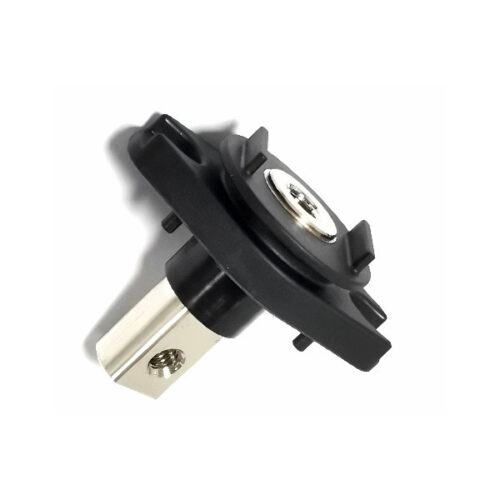
GH Series-DCDC Through-the-Wall Terminal
-
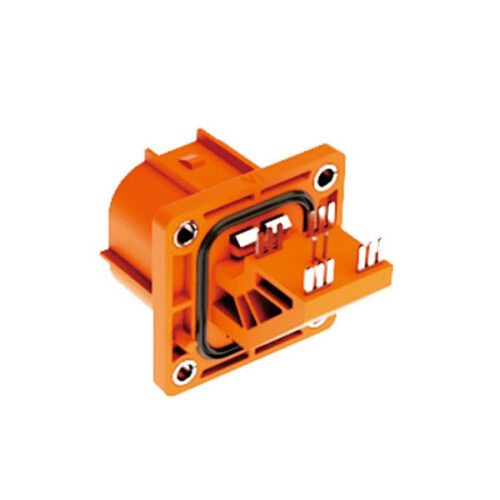
High voltage connector (4 cores)
-
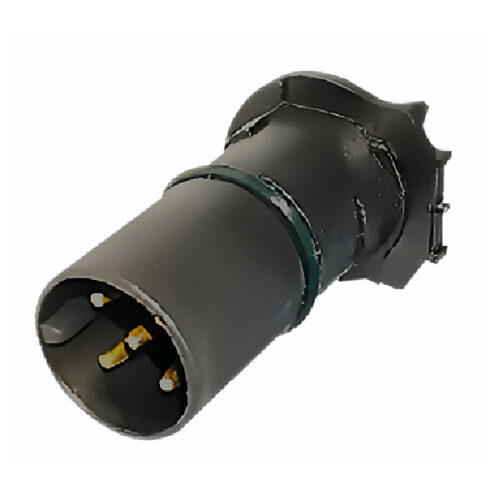
GT Series-Automotive Wiring Pins Connector -5-Pin Socket, 5-Pin Electrical Connectors For Motor Controller
-
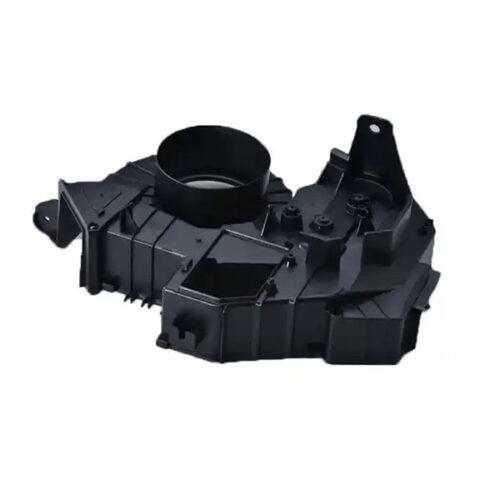
Automotive Plastic Injection Parts
-
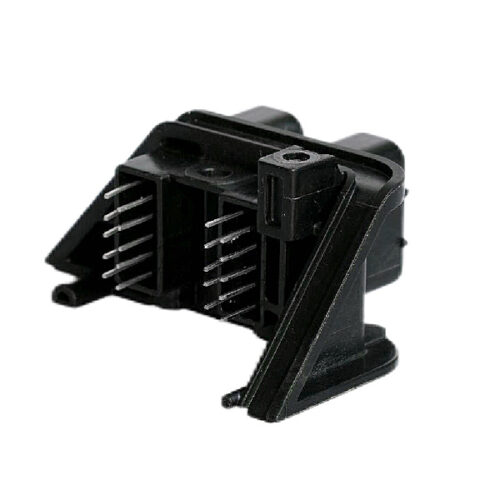
GE Series-20PIN Right Angle Connector Socket
-
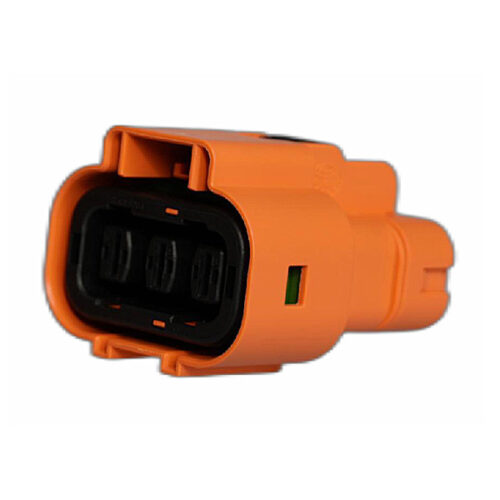
H630 Series-3-core plastic high voltage connector
-
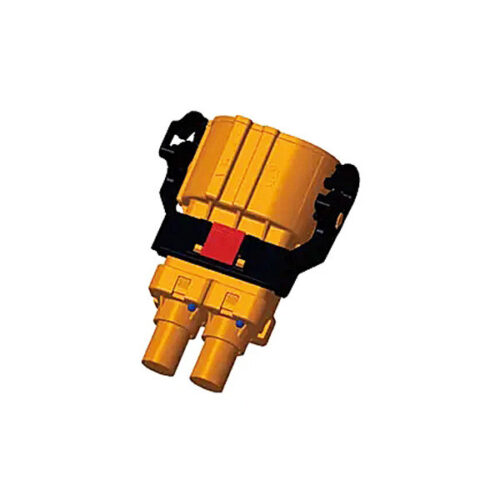
High voltage connector-GH800 series-2 core
